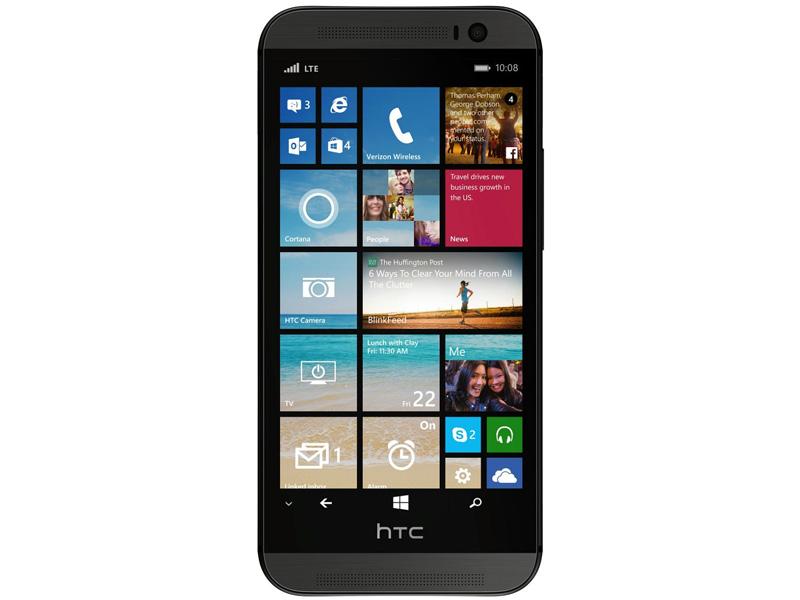
The HTC One M8 has been one of the hottest phones to be released this year by far. Following in the footsteps of the successful HTC One M7 last year, the HTC One M8 is a powerhouse of a phone with nearly the same unique unibody aluminum design as its predecessor, as well as the two dual front-facing speakers. With minor improvements made to the overall design of the phone, it would seem that HTC’s One line is still in the running to be a successful model continuing for the next few years.
However, as it turns out, HTC might be taking a slightly different route when it comes to how this model is used. When most Android devices are released only once every year, HTC seems to be planning a second release of the same model within the same year, but with a twist: HTC will have one version of the M8 running on Android, and allegedly another version of the M8 running on Windows Phone 8.1. It seems like a bizarre decision that could eventually lead to customer confusion, but I also would really like to see how this goes.
Windows Phone has had a pretty rough start. Although it’s true that its adoption rate is going up, it’s doing so at a snail’s pace. Truth be told, I can see why; while I enjoyed my time with Windows Phone, after having experienced Android and iOS I did start to feel that I was missing out on some apps and functions that I had with the two more popular mobile operating systems. That isn’t to say that Windows Phone wasn’t efficient - it was - but there was something about it that just didn’t make it worth sticking with for that long to me. The camera on my Lumia 928 was pretty rad, though.
Now, adopting the body of an HTC M8 isn’t going to magically make Windows Phone 8 perform any better, but fortunately with the simultaneous release of Windows Phone 8.1, the HTC One M8/Windows Phone combo has the potential to draw in users anyway. You have the success that is the HTC One (M8), which is probably praised more for its design rather than how well it performs, plus you have this new and exciting update for Windows Phone that makes it even more interesting. Now you have a great design with a potentially great software upgrade for a growing mobile platform. I think the only question that remains is if HTC plans to keep the same 4-megapixel UltraPixel camera for the Windows Phone version, or whether it will go with something slightly different. After all, many would say that one of Windows Phone’s greatest strengths (or more specifically, Nokia’s) is that they generally offer exceptional camera quality. If HTC’s only strength is that the phone’s design looks elegant and it has front-facing speakers, the combination could be a hard sell. It’s a little too soon to tell, though, so here’s hoping that they’ve at least made some minor changes to the camera to make it sound appealing to customers. I’m not holding my breath over it, though.
Even if the camera doesn’t have any changes, I suppose the M8 could offer some solace to potential customers who have been offset by the lack of need for Windows Phone to really show off in the spec department. Again, assuming the phone doesn’t make a lot of internal changes, while Windows Phone is known for being perfectly capable of running under lower-than-expected specs (due to extreme minimalism) you’ll still come across a lot of people who don’t agree. Arguably, transition time might be slower, but they’re still smooth and quick so I never paid much attention. But with a beast of a phone like the HTC One, I imagine none of this would be an issue.
I think it’s an interesting move worth checking out. We know the One (M8) is a great Android device, so here’s to hoping that it can make an equally great Windows Phone device as well.
Image via Android Central